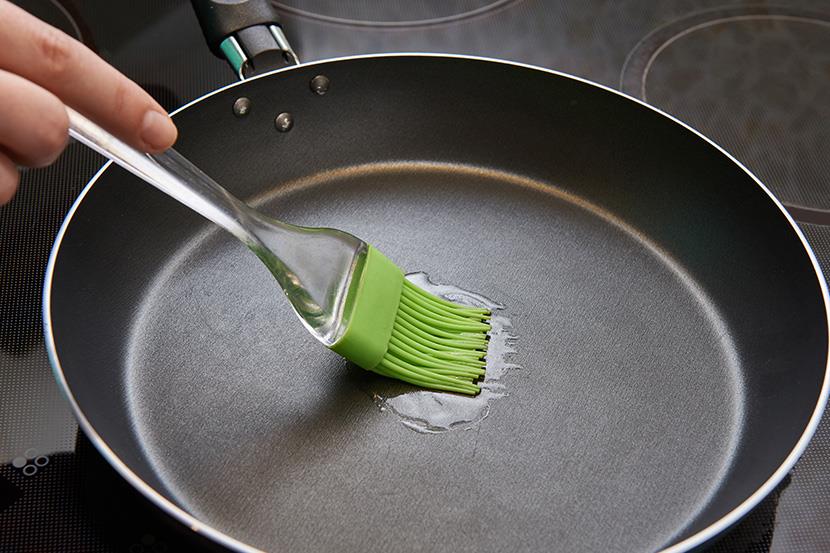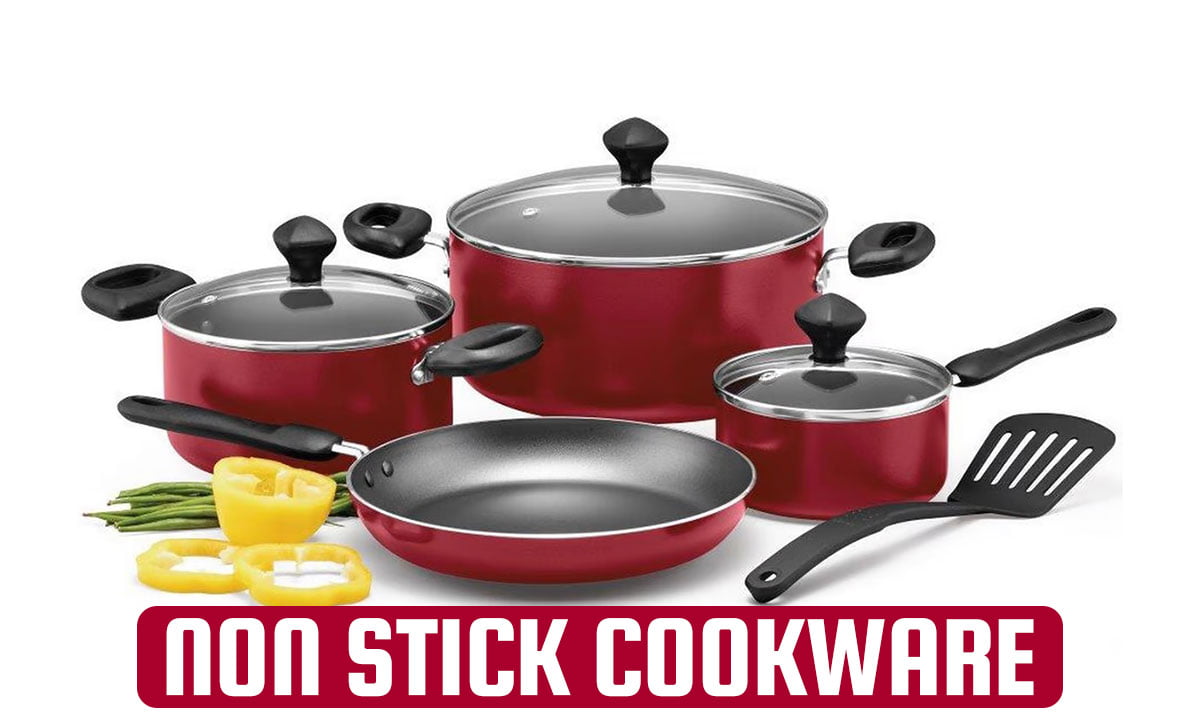I. Introduction to Cookware Evolution
Cookware has traversed an intriguing journey through human history, evolving from rudimentary methods like using turtle shells and leaves for cooking to the sophisticated modern cookware seen today. Primitive vessels made of pottery allowed early civilizations to cook food over fire, paving the way for subsequent advancements.
Historical Background
In ancient times, pottery vessels were the earliest forms of cookware, offering fireproof containers capable of withstanding heat. However, significant advancements were limited due to the constraints of the materials available. The slow progress in cookware development persisted mainly due to the high production costs involved in creating metal cookware.
Metal Cookware Adoption
The adoption of metal cookware was gradual and faced hindrances due to its expensive production. In Western kitchens by the 17th century, cookware typically consisted of skillets, pots, baking pans, and kettles. These items were locally produced in the American colonies, while brass and copper vessels dominated kitchens in Europe and Asia.
Developments in 19th and 20th Century
The 19th and 20th centuries witnessed pivotal advancements in cookware manufacturing. Economical methods allowed for the mass production of steel, stainless steel, and aluminum cookware. This transformation made cookware more accessible and affordable for households, contributing significantly to culinary practices worldwide.
II. Selection Criteria for Cookware Metals
When choosing the right cookware, understanding the properties of different metals is crucial. Several factors, including conductivity and chemical reactivity, determine the suitability of a metal for cooking purposes.
Metal Characteristics
Conductivity and reactivity are key considerations while selecting cookware. Cookware materials must efficiently conduct heat to ensure even cooking, while also being chemically unreactive to prevent alterations in food flavor.
Aluminum
Aluminum, while an excellent conductor of heat, can react with acidic foods, potentially impacting the taste. However, anodized aluminum resolves this issue by forming a non-reactive aluminum oxide layer on the surface. This makes it a popular choice in cookware due to its enhanced durability and non-stick properties.
Cast Iron
Cast iron cookware boasts remarkable heat retention capabilities. Although slow to heat initially, once at temperature, it provides consistent and even heating. Seasoning, a process of applying and heating oil to create a protective layer, renders cast iron non-stick. Notably, Le Creuset’s enameled cast iron cookware introduced in 1925 revolutionized the durability and versatility of cast iron cookware.
Copper
Copper stands out for its exceptional thermal conductivity, ensuring precise and uniform heat distribution. However, its reactivity with acidic foods poses challenges. To counter this, copper cookware is often lined with tin or stainless steel. Despite its superior qualities, the expense and weight of copper have led to its integration into cookware construction, often as an enclosed heat-spreading disk.

III. Advent of Non-Stick Cookware
The discovery of non-stick technology marked a transformative moment in culinary history, revolutionizing the way food was prepared and cooked.
Teflon Discovery
In 1938, at the DuPont research facility, chemist Roy Plunkett accidentally stumbled upon what would become one of the most revolutionary discoveries in the kitchen. While working on developing a new refrigerant, Plunkett synthesized tetrafluoroethylene gas but found a white, waxy substance instead. This substance was identified as polytetrafluoroethylene (PTFE), famously known as Teflon. This exceptionally slippery substance became the cornerstone of non-stick cookware.
Teflon Application
The fusion of PTFE with aluminum by Marc Gregoire led to the birth of the first non-stick cookware. Gregoire ingeniously found a method to bond Teflon to aluminum, laying the foundation for the creation of Tefal, a company dedicated to producing non-stick cookware. The approval of PTFE by the U.S. Food and Drug Administration (FDA) in 1960 paved the way for its widespread use in the kitchen.
Health Concerns
Despite its initial popularity, Teflon encountered a downturn due to emerging health-related issues. Concerns were raised about perfluorooctanoic acid (PFOA), previously used in the production of Teflon coatings until 2015. Health risks associated with PFOA included potential links to liver tumors, breast cancer, reduced fertility, and various disorders. Consequently, Teflon-coated cookware faced declining favor among consumers due to these health implications.
IV. Modern Non-Stick Innovations
T-Fal’s Environmentally Conscious Line
In response to health concerns and environmental considerations, T-Fal, known as T-Fal in North America, launched an environmentally conscious line of cookware in 2009. This range featured coatings free from PFOA, lead, and cadmium. The emphasis on health and sustainability garnered attention, offering consumers a safer alternative without compromising on non-stick convenience.
Recent Advancements
Recent years have witnessed remarkable advancements in non-stick technology, introducing alternatives and improvements in cookware:
- Hard-Anodized Aluminum: This type of cookware, developed around 1968, utilizes an electric-chemical process to harden aluminum, making the surface non-porous while retaining excellent heat conductivity.
- Sol-Gel Coatings: Sol-gel coatings, characterized by a smooth, ceramic-like texture, gained popularity due to their high-temperature resistance, PFOA-free composition, and vibrant colors.
- Silicone Finishes: Silicon coatings, predominantly used in bakeware and some low-end cookware, offer flexibility and easy release properties for baked goods. They are dishwasher safe and more affordable than traditional non-stick options.
Safety Considerations
For those seeking safer alternatives to Teflon-coated cookware, stainless steel and cast iron emerge as reliable choices. Stainless steel is highly versatile, scratch-resistant, and suitable for various cooking styles, while cast iron provides excellent heat retention and can be seasoned to achieve a non-stick surface.
V. Health Implications of Non-Stick Cookware
Usage of Non-Stick Cookware
Non-stick cookware has been widely embraced for its convenience and efficiency in the kitchen. It enables cooking with minimal oil, promoting healthier cooking practices and making cleanup hassle-free. The non-stick properties of these pans provide ease in cooking delicate foods like eggs and fish without worrying about sticking.
Are Non Stick Pans Safe
The use of perfluorooctanoic acid (PFOA) in older versions of non-stick coatings posed significant health risks. Studies associated PFOA exposure with adverse health effects, including liver tumors, breast cancer, fertility issues, and other potential disorders. However, it’s crucial to note that PFOA has been phased out of production in many regions, leading to the development of newer, safer non-stick cookware options.
Safety of Teflon (PTFE)
Concerns exist regarding the safety of Teflon (PTFE) when exposed to high temperatures. When heated beyond 570°F (300°C), Teflon coatings may start breaking down, releasing toxic fumes into the air. Inhaling these fumes might lead to temporary symptoms resembling flu-like conditions, such as body chills, fever, headaches, and body aches. While Teflon-coated cookware can be used at lower temperatures, caution is advised when cooking at high heat.
Alternatives
For those seeking safer options for everyday cooking, stainless steel and cast iron cookware emerge as reliable and healthier alternatives to non-stick coatings. Stainless steel pans are versatile, scratch-resistant, and ideal for various cooking methods, providing a safer cooking surface. Cast iron offers excellent heat retention, durability, and can be seasoned to create a natural non-stick surface without the use of potentially harmful chemicals.
VI. Conclusion: Choosing Safe and Versatile Cookware
Reflecting on Non-Stick Cookware
While non-stick cookware offers convenience, it’s essential to strike a balance between convenience and health considerations. Awareness of the potential health risks associated with older non-stick coatings allows for informed decision-making when selecting cookware for the kitchen.
Practical Alternatives
Stainless steel and cast iron emerge as practical alternatives, offering safety, versatility, and longevity. Stainless steel is easy to clean, resistant to scratches, and compatible with various cooking methods. On the other hand, cast iron, with proper seasoning and care, provides a naturally non-stick surface and is well-suited for a wide array of cooking styles.
Encouraging Healthy Choices
Selecting safe and efficient cookware is pivotal in promoting a healthier lifestyle. By opting for cookware that aligns with both culinary preferences and health concerns, individuals can create a safer cooking environment while enjoying the pleasure of preparing delicious, wholesome meals for themselves and their families.

